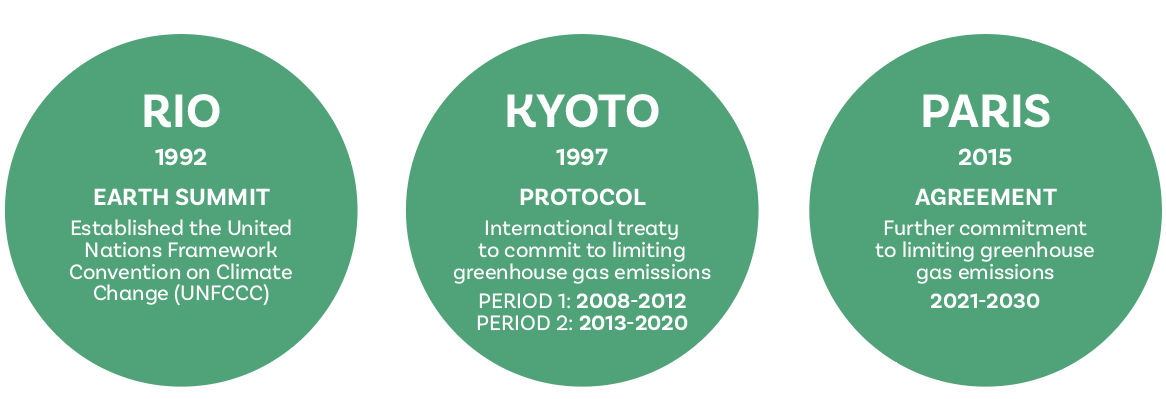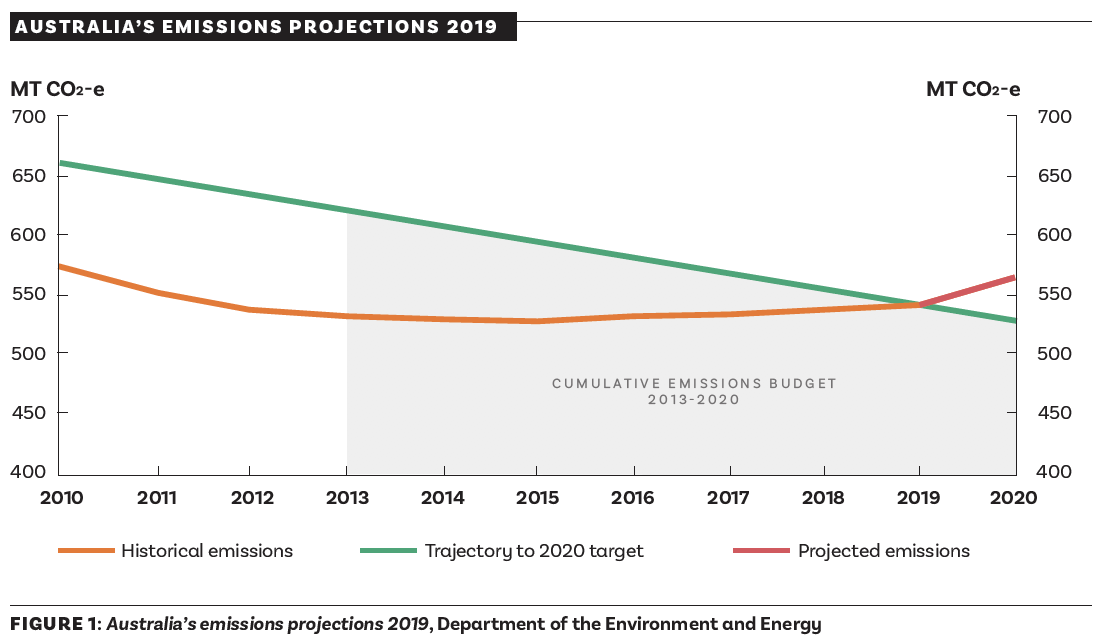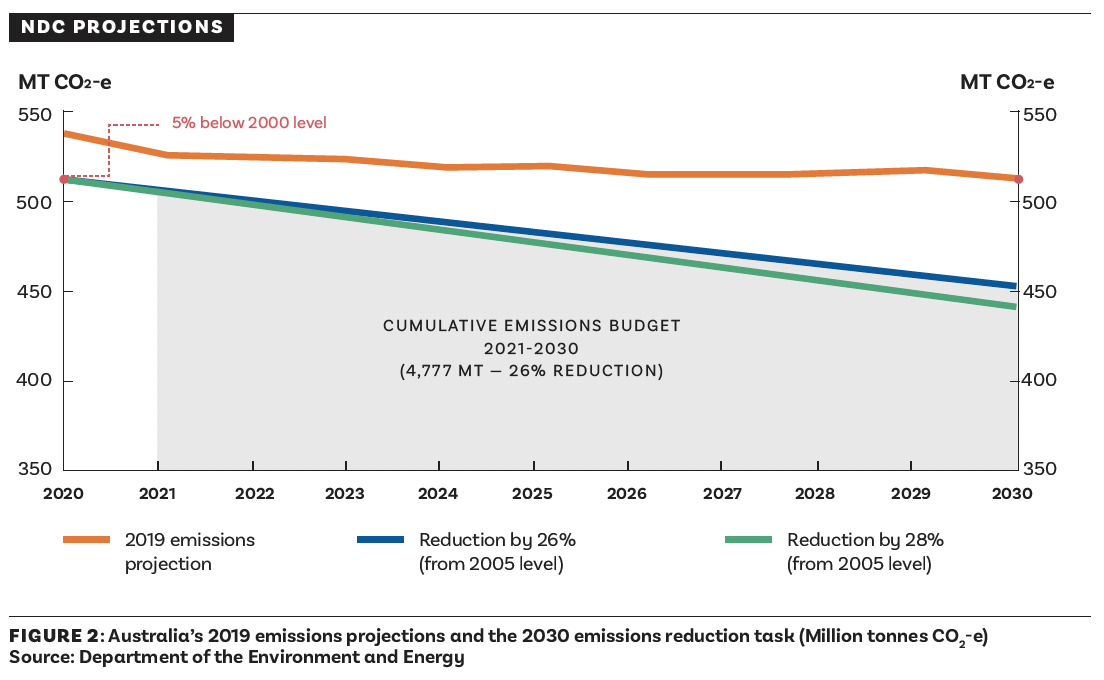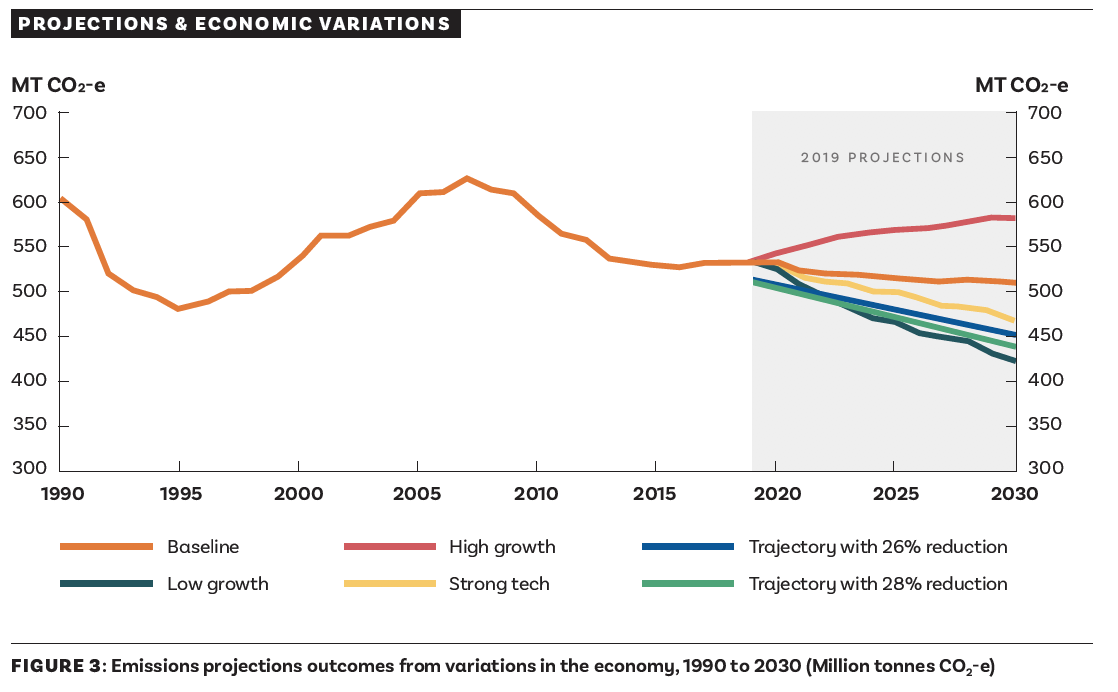What about carryover credits?
The Australian Government has argued that the cumulative ‘overachievement’ of reducing emissions by 411 million tonnes CO2-e more than was pledged under the Kyoto Protocol should be used to offset any ‘underachievement’ on the 2030 targets. This 411 million tonnes CO2-e is referred to as a ‘carryover credit’.
To use a mortgage analogy, this is a bit like taking out a mortgage for $1 million, paying it off faster than required to reduce it to $750,000, and then redrawing another $250,000 to pay for renovations; but only expecting to continue paying off the $750,000.
If this approach is accepted, Australia will beat its 2030 target by 16 million tonnes CO2-e.
Most countries oppose the use of carry-over credits because they do not contribute to real reductions in emissions in the Paris commitment period.
What comes next?
The parties to the UNFCCC had planned to meet in Glasgow, Scotland, in November 2020. This has been postponed to 2021 due to COVID-19. It was expected that many of the significant accounting rules and other outstanding matters would be settled at this meeting. It is also likely that the proposed 2025 NDCs will be presented but not committed in Glasgow. The Agreement requires each country to revise its NDC every five years, with the expectation that they will ratchet up each time. Otherwise, the future challenge is much greater than is possible to meet, even with all global commitments combined. The commitments of all signatories at Glasgow and going forward, including Australia, will ultimately need to be sufficient to meet the agreed global goal to achieve net zero emissions by the second half of the 21st century.


















